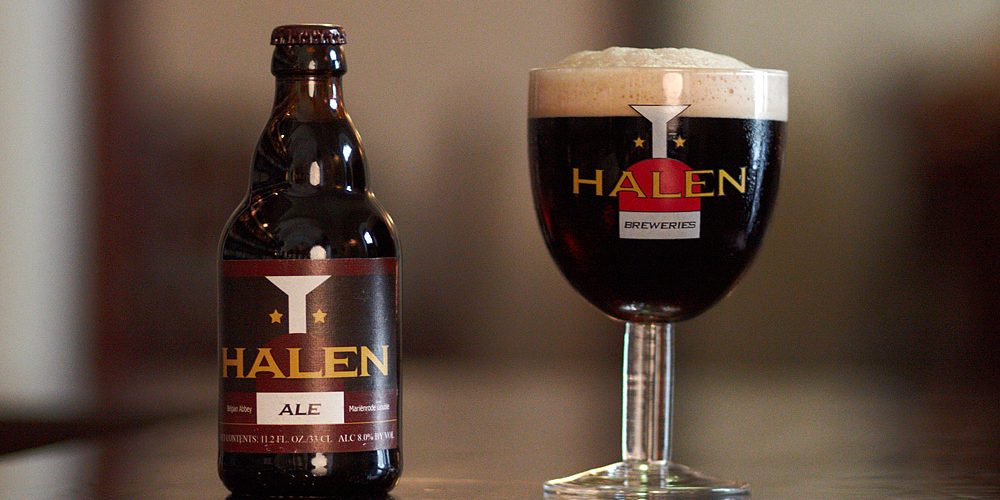You buy a bottle of your favourite beer, look closely and notice there is something floating at the bottom. Has the beer gone bad? No, it’s only sediment, which indicates that the beer is unfiltered and/or has been refermented.
You need to remember one thing: sediment at the bottom of the beer bottle is nothing bad. On the contrary – it means that the beer is unfiltered. The sediment comes from yeast and may scare lovers of European lagers, who are not used to anything floating there at the bottom of their bottle. However, if you just take a sip you will realise that unfiltered beer has a better flavour and aroma. Clear beer is most often filtered, which makes it lose some of its properties.
Beer clarification
Before yeast sediment collects at the bottom of the bottle, the beer is opaque. It takes a while after bottling for the beer to clear. It does not guarantee, however, that the beer will be completely clear once some time has passed.
What else contributes to beer opacity?
Yeast – has the biggest impact on beer opacity/clarity. The main parameter is flocculation – which is the ability of yeast to group and sink to the bottom. The higher the flocculation, the higher clarity – the lower flocculation, the more opaque beer.
Malt – wheat malt contributes to beer opacity significantly due to the high protein content. The best material for producing clear wort, which translates into beer clarity, is barley malt.
Dry (cold) hopping – hops added to beer during the ageing process leave sediment which adds to its opacity.
Please remember that opacity indicates an unfiltered beer, which has not been rid of its natural aromas and flavours. Would you like to try such a beer? Check out our products!




